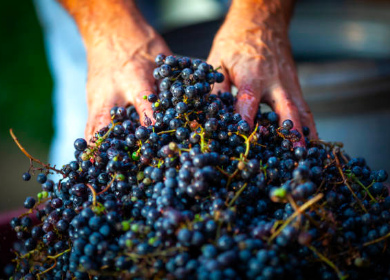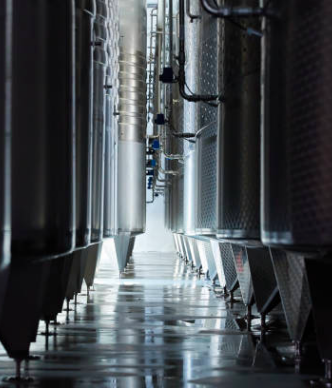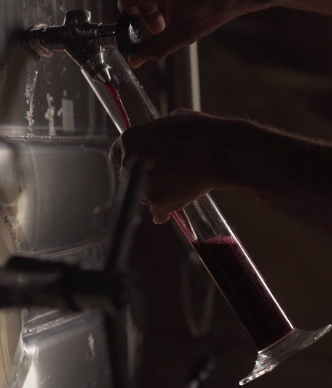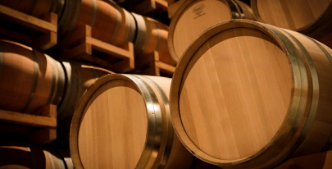MENU
Red wine often comes to mind when thinking about Bordeaux, but did you know that this wine region first became known for its white and rosé? In the Middle Ages the English liked to drink the lighter-coloured wine known as Claret, while the wealthy Dutch merchants of the 17th century enjoyed the region's whites. Thus began the long winemaking history of Bordeaux, resulting in Bordeaux producers' unique talent for making light, fresh wines – a tradition carried forward by Baron de Lestac with our two white Bordeaux wines and our Bordeaux rosé.
Baron de Lestac's white and rosé wines show two very different faces of Bordeaux wine, but they are made in a relatively similar manner. The process starts with destemming, just as for our red wines, but the berries are then put directly into the press without crushing or maceration.
Pressing is a delicate stage as the juice must only have limited contact with the skins and be protected from oxygen in order to preserve aromatic freshness. This is particularly true of Baron de Lestac rosé, whose delicate pale pink colour comes from a very light extraction of the pigments contained in the red grape skins.
Press juice comes from the first, light pressing and is prized for its quality: we use it to make our white and rosé Bordeaux. We start by settling the juice, allowing the sediment to fall to the bottom of the tank over a period of 24 – 48 hours, leaving a clear juice that then undergoes alcoholic fermentation.
During fermentation, tiny details are important – for example, the choice of yeast used to transform the sugar into alcohol – as this has a direct effect on the aromatic profile of our white and rosé Bordeaux wines. By using selected yeast, the citrus fruit notes are enhanced and the three Baron de Lestac wines retain maximum freshness.
Alcoholic fermentation for these three wines lasts around ten days. For our Bordeaux rosé and sweet white Bordeaux it takes place in tank, but for our dry white Baron de Lestac the wine is transferred into barrels during fermentation, where it then stays for a six-month ageing period. Vinification in barrel is traditional to this wine region: it gives our dry white Bordeaux its body and elegant aromatic complexity.




Whatever their colour, Baron de Lestac wines are ambassadors for their place of origin and for Bordeaux winegrowers' talents. The blending of our white and rosé wines is done carefully by our winemaker, just as for our reds. This process consists of blending the grapes varieties or different, complementary wines to achieve the perfect balance, and it has become a fine art in Bordeaux.
Dans notre white Baron de Lestac, the grapes are picked when they are fully ripe, with optimum juice concentration. This Bordeaux is a combination of two varieties, namely Sémillon and Muscadelle. Sémillon is famous for its role in creating the fine wines of Sauternes and Graves, where it boasts exquisitely fruity notes, while Muscadelle brings floral aromas of acacia: blending these two Bordeaux grapes creates a delicious, sweet white Bordeaux wine with good structure.
For Baron de Lestac rosé we choose from different parcels as well as different grape varieties, blending Cabernet Franc with Cabernet Sauvignon. These two red grapes have their roots firmly in Bordeaux where they have been grown for centuries, but their characters are as different as they are complementary. The former gives our Bordeaux rosé its freshness, while the latter brings mouth-watering aromatic intensity.